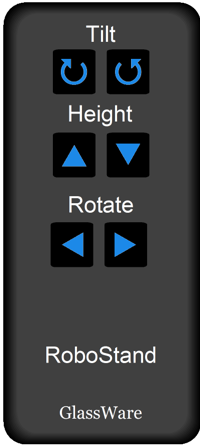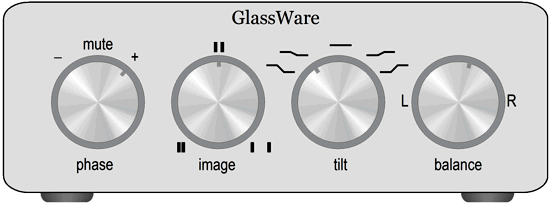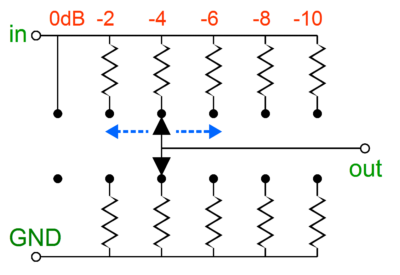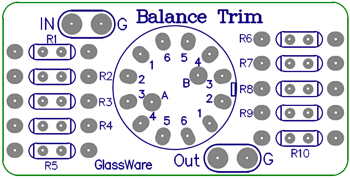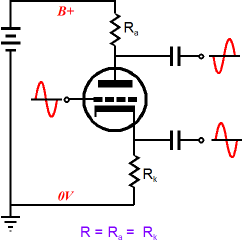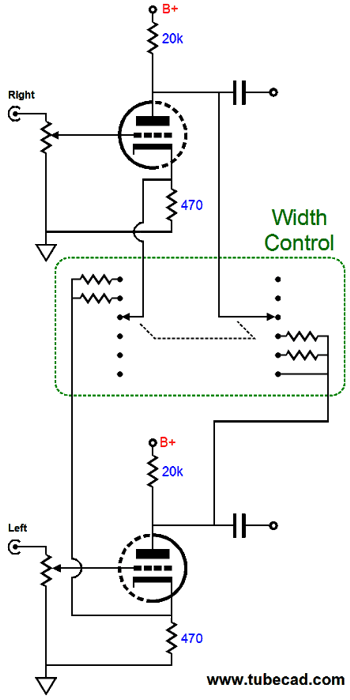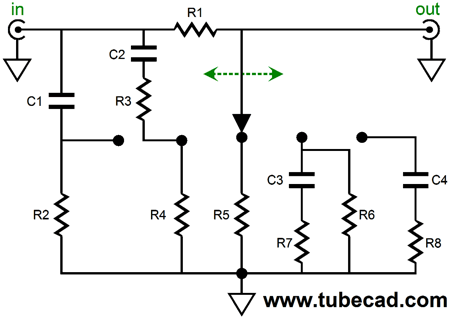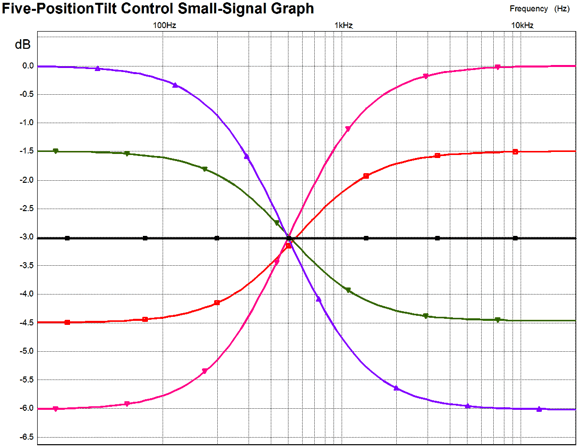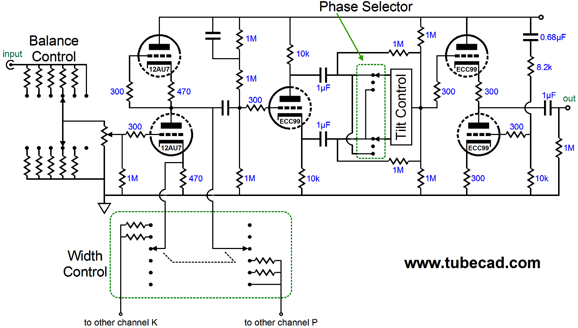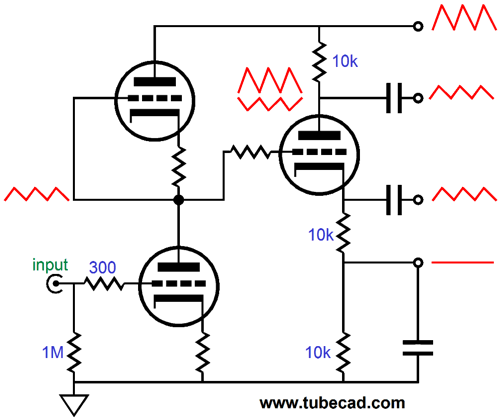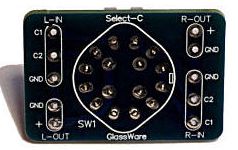| John Broskie's Guide to Tube Circuit Analysis & Design |
| 30 January 2014 RMAF Aftershocks
While at the RMAF, I had an obvious epiphany: since the audio market has shriveled down to old, crazy, affluent men, you can make and sell anything you want—for nothing is too outlandish or too silly, as long as it costs a fortune. For example, a pair of speakers that might cost $700 in materials and labor would not, could not be taken seriously, no matter how good they sounded—unless they cost at least $7,000 the pair or, better still, $17,000 or $27,000 the pair. Really, John, $27,000 is not too much to pay for quality speakers, when you consider all the advanced materials and engineering involved. Seriously? A nicely outfitted Honda Accord costs about $27,000 and it weighs 3,000 pounds, being a vast assemblage of high-tolerance, high-tech metals, leather, rubber, and plastics, and its creation required far more engineering know-how than any loudspeaker ever made; moreover, it also contains a decent stereo system, with four speakers and 160W power amplifiers and a speed sensitive volume control that compensates for road noise, and it also includes a rear video camera, GPS, and forward-collision and lane-departure warning systems.
If the Honda Accord held to the same pricing model as the $27,000 speakers, its price would probably be just under one million dollars. But then cars are not high-end audio gear, which abide by a different set of rules. For the race in high-end audio isn't so much to higher technological achievement, but to higher cosmetic extravagance. The more lavish the exterior, the higher the price, and, thus, the better the sales. I know that this is true, as I have seen products whose guts remain unchanged, but whose enclosure have grown ever more elaborate and expensive, and whose prices have doubled—and which now flourish due to their enhanced perceived value! How is that possible? Isn't it the sound that matters most? No, not really; no more than a pearl necklace is meant to provide warmth to the wearer. High-end audio has become to men the equivalent of what jewelry is to women: a means of designating and illuminating one's social status and wealth. The second omission at the RMAF was truly new types of audio products. Of course, there were new brand names and new models from established companies, but there wasn't new types of products. There was a time when the CD player and, later, the standalone DACs and server-based systems were new types of audio products. Perhaps fifty or sixty years ago, the self-powered speaker was a new type of audio product. And the turntable that read LPs with a laser went out of production without ever truly arriving. It cannot be possible that all that can be done in audio has been done, surely. Or am I going against the popular sentiment again? It seems that most believe that we are near the end of new development, that things like the rounded corners on an iPad are one of the few huge technological breakthroughs left to us, all other novel ideas having been used up. Sorry, but my viewpoint is that all of the fruit is always low-hanging, whether it be in the arts, the sciences, or consumer products—you only have to grab it. In other words, just as I don't believe that audio is dying, I don't believe that we have come to the end of audio history, that new types of audio products are not only possible, but forthcoming. Easy enough to say, but much harder to prove you think. Well, rather than approach the task of creating new types of audio product in the same fashion that a marketing department would by displaying a complete want of shame and sense, we should ask ourselves what do we really need. For example, I would love to own a CD ripper, which would very carefully scan the CD and slowly spew out the ones and zeros to my computer, so that the best possible copy of the data could be achieved. The key word in that last sentence was "slowly."
Unlike LPs, CDs do not spin at a constant speed; instead, their spinning speed starts out fast and slows as the CD plays. This arrangement allows a greater playback time. But it also means that the CD's rotational speed is never on the mark, as it is a moving target which the speed servo repeatedly overshoots and undershoots. (If you are old enough to remember the video LaserDisc—not the RCA video disc—you might remember that the discs came in three flavors: CAV, CLV, and CAA, which stood for Constant Angular Velocity and Constant Linear Velocity and Constant Angular Acceleration. The CAV disk, with its steady rotational speed, allowed for easy freeze frames and slow-motion playback. More importantly, the video it produced looked far better, much crisper. But the advantage of longer playing times was too compelling, so the CLV format dominated. Well, ever since the introduction of the CD, four years after the LaserDisc's arrival, I have wondered how much better the CD might have sounded if it had forsaken the longer playing time for a constant angular velocity. Since we want the best ripping possible, and since we need only perform this task once, spinning the CD in a special ripping machine (which need not be any bigger than a portable DVD player for a laptop) at both a reduced and constant speed could only make the the CD's reading more accurate. The second problem to be overcome is dirty or scratched CDs, the type of CDs that our friends and the public library lend us. (I am convinced that car CD players do much harm to the disks, only exceeded by that done by young kids.) One thought I had was that a high-quality resurfacing function could be applied to only those portions of the CD that required it. But while such treatment will improve the CD playback of a once scratched CD, it alters the CD's appearance, dulling it or adding rings, making the average Joe unhappy and lowering the CD's resale value, which if you hadn't noticed is below $1 today (just look on CraigsList or eBay for lot sales of used CDs). So, what might be the better approach would be to to read the pits capacitively, rather than locating them with a laser beam. How would that be possible? A physical stylus, flat not pointed, could slide across the surface, with the resulting change in capacitance marking the presence of pits. One problem might be that the scratches would throw the stylus off course, so one workaround would be to read the pits from the label side of the CD. The problem with this solution is that the public library often pastes all sorts of stickers and metal strips across the CD's label side.
Speaking of ripping and new types of audio products, I would love to rip my entire LP collection. Why? Using a computer-based music storage and playback system offers too many advantages to forgo. I love being able to summon all the covers of one song, such as the song Summertime, then play all of them in series, all made possible by the database search function in MediaMonkey. (I just did a search and I have over twenty covers of Summertime, from Susana Baca to The Zombies.) In addition, each playing of an LP wears the LP's surface, so that after a hundred plays, the LP no longer sounds as it did when fresh. Well, what new product could help us rip LPs? A good tube-hybrid phono-preamp/ADC might be a good start. Or, how about a special turntable that played an LP at a greatly reduced speed and read all the wiggles with a strain-gauge cartridge (which can read frequencies down to DC) or a laser? Since our goal was ripping, not real-time sound playback, the laser LP reader could take its time and slowly scan the surface. Remember, you need only rip once, so who cares if it takes an hour to rip one side, if the quality of the transfer benefits? By the way, such an LP ripper need not look anything like a turntable. Indeed, I can imagine it looking more like an LP cleaner, which spins the LP upright, not on its back, an idler wheel providing the needed spin at the LP's rim. One new type of product that I would love to play with would be a dynamic speaker stand. What! Yes, I know it sounds a bit like Steve Martin's old joke about owning an electric dog polisher, but hear me out. Setting up speakers for the best sound can prove daunting, as the best position is a moving target.
The speaker angle and tilt and height that sounds best with one Mahler recording might sound dismal with a Bob Marley recording. One size does not fit all. So what is needed is a dynamic speaker stand that comes with a remote, so we could sit and listen to the adjustments in speaker angle, tilt, and height. Ideally, our preferences, once established for each album or track, would be stored in a database and the speaker stand would automatically make the adjustments for us. I think you get the picture now, that given enough beer and enough time, there is no limit to the number of new audio product types that could be imagined. Of course, none of the ideas I have presented here are as bold and creative as the rounded corners on the iPad... One new product I would love to see, however, is not new, rather it is a resurrection of old products, the tone and balance control.
Sonic Controls
The above image shows what I have in mind: a small box that goes in between your CD player, phono stage, DAC, or line stage amplifier, and which allows us to alter the sound. If no adjustment is required, the signal would leave the unit altered only in signal level. Such a device would be ten—if not a hundred—times more effective than any new fancy interconnect or speaker cable in altering the sonic presentation. (If you think about it, you will realize that many cables are being used as clumsy fixed tone controls, which are neither cost effective nor flexible; imagine having to change speaker cables with every different CD played.) The easiest control to fashion is the balance control, which can be made from a ladder stepped-attenuator, which only introduces two resistors in the signal path. (If used with an existing volume potentiometer, it would have to include the volume potentiometer's resistance in the calculation of its resistor values.) Two such controls would be required, one per channel, if commonly available rotary switches were used. If an exotic, multi-deck switch were used, say a 4-pol & 11-pos, then only one would be needed. Small decrements, say 0.5dB per step, would work for me; but if your ears are out of balance, 1dB or 2dB steps might be needed.
(Here is a tip off of what is included in that shipment of PCBs: a fine-adjustment control to be used with existing volume potentiometers.)
The phase selector control is fairly obvious, as it would allow choosing between inverted and non-inverted signal. The center mute position is something that I have found essential. If you use a two-position toggle switch to flip the phase, you quickly find that you hear no difference. If, on the other hand, you pause and mute for only a second or two, giving your ears and brain time to regroup, then the change in phase can prove quite dramatic. A simple split-load phase splitter, consisting of one triode and cathode and plate resistors, is all that is needed to offer two phases.
The image width control is essential if you listen to headphones or early stereo recordings. Headphone listening requires much less separation to sound natural. And early-stereo recordings are often marked by excessive separation between channels. When stereo was new, the recording companies wanted to give you your money's worth, so that greatly exaggerated the separation. (In addition, the first stereo phono cartridges offered very poor channel separation.) Being able to undo some of the recording engineer's over exuberance can make many older recordings sound much less fake and processed. In contrast, some recordings benefit from a tad bit more separation, so the control must be able to work an increase separation as well. The following schematic shows how amazingly simple it is to create a sonic-width control with just one dual triode, such as a 12AU7 or 6SN7, and a 2-pol & 6-pos rotary switch.
When the rotary switch is turned to the extreme bottom end, the two channels combine entirely, creating a mono playback, which often helps mono LPs sound better (the cutting lathe and turntable rumble often being out of phase in the two channels). At the other extreme, the control increases the separation, by injecting the right and left channel signals out of phase into the other channel, by bridging the two cathodes via a resistor. In the rest position shown in the schematic, the sonic-width control does nothing, letting the recording's stereo mix flow through unaltered. See blog number 33 for more details. The tilt control has been covered here before, in blog number 267, and is even available at the Yahoo-GlassWare store.
At its center position, the signal is left flat, but reduced by 3dB. But as you turn away from that position, the frequency response tilts, either towards the bass or the highs. I am startled by how significantly this changes the sonic presentation of both recording and playback equipment. For example, overly bright recordings from the 1970s can be tamed and dull-sounding recordings can now sound cheerier. Because the tilt control is being fed by a balanced input signal, yet delivering an unbalanced output signal, the part values must all be recalculated afresh, which I have done. Now, the question is: How can we combine these four sonic controls into a simple tube circuit?
Tube Sonic Control The second stage consists of a split-load phase splitter, whose output allows phase selection and offers low-impedance balanced signals to drive the tilt control. Wait a minute, the split-load phase splitter doesn't offer a low-impedance output—well, at least not from its plate. True enough, if the impedances are measured from the outputs to ground; but totally false, if measured between outputs. See blog number 167 for more details. With an ECC99-based split-load phase splitter, the output-to-output impedance is about 140 ohms. The three 1M resistor in series define a 33% DC voltage-divider, but a 50% AC divider, which is important, as the Aikido-esque split-load phase splitter requires that the splitters two outputs present an equal and in phase amount of power-supply noise. Click on schematic to see larger version The final stage is an Aikido cathode follower, which serves two purposes. The first is the obvious function buffering of the tilt control from the power amplifier input impedance. The second is more subtle, but just as essential. The input purposely splits the B+ voltage at its output, so it must also split the amount of power-supply noise at its output, as it is 50% voltage divider for both DC and AC voltages. The split-load phase splitter then leaks the 50% of the B+ noise at both its outputs and in phase. See blog number 231 for more details.
The Aikido cathode follower anticipates the 50% of ripple present on the B+ being presented to its input, which it then strips from its output. So there we have it: four sonic controls. We could add more control by using two different coupling capacitors and a capacitor-selection switch.
But as it stands, I love the look of the circuit. Who knows, I just might make one and bring it to the next RMAF, as something truly new is always welcome. Hell, the front panel might even hold rounded corners.
For those who missed the last blog post's notice, here is the following.
For those of you who still have old computers running Windows XP (32-bit) or any other Windows 32-bit OS, I have setup the download availability of my old old standards: Tube CAD, SE Amp CAD, and Audio Gadgets. The downloads are at the GlassWare-Yahoo store and the price is only $9.95 for each program. http://glass-ware.stores.yahoo.net/adsoffromgla.html So many have asked that I had to do it. WARNING: THESE THREE PROGRAMS WILL NOT RUN UNDER VISTA 64-Bit or WINDOWS 7 & 8 or any other 64-bit OS. I do plan on remaking all of these programs into 64-bit versions, but it will be a huge ordeal, as programming requires vast chunks of noise-free time, something very rare with children running about. Ideally, I would love to come out with versions that run on iPads and Android-OS tablets.
Next Time
//JRB |
I know that some readers wish to avoid Patreon, so here is a PayPal button instead. Thanks. John Broskie
Kit User Guide PDFs
E-mail from GlassWare Customers
High-quality, double-sided, extra thick, 2-oz traces, plated-through holes, dual sets of resistor pads and pads for two coupling capacitors. Stereo and mono, octal and 9-pin printed circuit boards available.  Aikido PCBs for as little as $24 http://glass-ware.stores.yahoo.net/
Support the Tube CAD Journal & get an extremely powerful push-pull tube-amplifier simulator for TCJ Push-Pull Calculator
TCJ PPC Version 2 Improvements Rebuilt simulation engine *User definable
Download or CD ROM For more information, please visit our Web site : To purchase, please visit our Yahoo Store: |
|||
| www.tubecad.com Copyright © 1999-2014 GlassWare All Rights Reserved |




